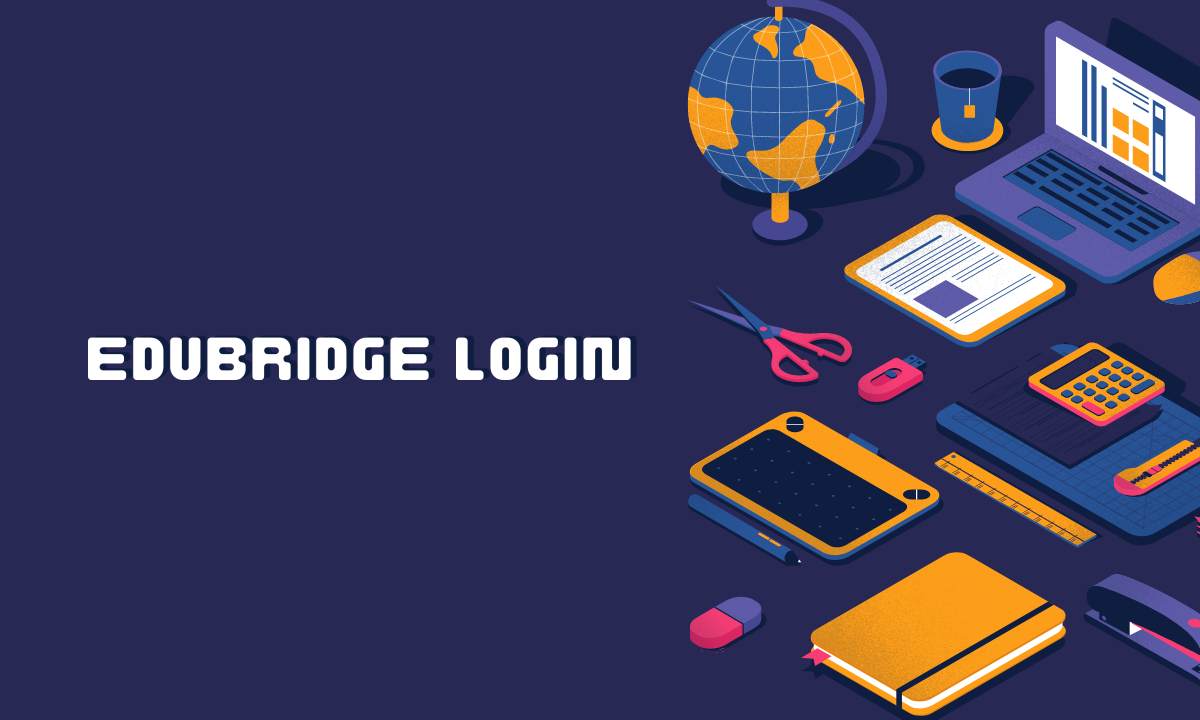Commodity trading has existed since the human civilization itself. Tangible goods for existence were exchanged with others, like metal for wheat. From these early trading steps till today, commodity trading has been developed and become more sophisticated, and it is still an essential trade for modern civilization.
For investors, commodities are primarily attractive for diversifying their investment portfolio, guarding the funds, and getting a high return. This guide will introduce to you the merchandise options available for investment. Before we explain how to trade commodities, let’s define what you can exchange.
Table of Contents
ToggleCommodity Trading
Commodity trading is a process of buying and selling different assets, typically with futures contracts, because these secure the variable price and quantities in predefined delivery terms. Investors “play” with futures contracts in a way that they buy when they expect a price increase or sell when they expect the price to go down.
Use the opportunity of a free demo available online at a B2B forex trading platform such as Fazzaco to learn more about commodity trading and gain experience.
Commodity Categories
Commodities are everyday goods that can be exchanged for other goods. These differ from finished products as they present raw materials used for manufacturing them and are usually divided into four main groups:
- Metals – These are the most traded assets. You can invest in gold as the most frequently traded and reliable asset. Silver, palladium, platinum, iron, copper, aluminum, and zinc are other metals attractive for investments.
- Energy – This group includes crude oil, natural gas, ethanol, coal, uranium, and reusable fuels like solar and wind power.
- Agriculture – Although less traded, this commodity is still attractive for investment. It includes coffee, sugar, cotton, soybeans, cocoa, grain, wheat, palm oil, and rubber.
- Livestock and Meat – As the name suggests, this commodity includes live animals like hogs and cattle.
Price Impact Factors
Commodity markets differ based on the following factors that impact their value:
- Supply/Demand – This is a critical factor that influences the price. When the demand increases, an asset’s price increases, and vice versa.
- Market Sentiment – Global political and economic situations may drive any trading market.
- Currency Movement – Commodities are generally tied to the US dollar. So if the USD value increases, the trade with commodities will go down.
- Seasonality and Weather – This is especially important for agricultural commodities because it can directly influence the supply and thus the price. For instance, when a natural disaster occurs, the supply will decrease, thus raising the price.
- Country of Origin – A country’s economic growth can impact the price, especially those with more significant imports/exports from the goods. For example, Venezuela is a huge oil country, but the lack of investments and several other governmental choices have damaged this industry, resulting in a price increase.
- Past Price Performance – This can help traders determine price direction in the future.
How to Invest in Commodities?
With commodities, you have several options to invest in depending on the assets you are interested in, investment size, and the risk you want to take.
Futures Contract
As mentioned, with a futures contract, two parties agree to sell and buy commodity assets at a predefined price. This legal frame determines the obligations of both sides related to delivery by contract expiry date.
The buyer can be either a manufacturer or a service provider who is an end-user of purchased commodities or a speculative investor who wants to profit from the price difference before the agreement expires. For this kind of investment, you need to understand the market, a certain strategy, and a minimum deposit.
Commodities Stocks
Investing in commodities by investing in stocks of the companies related to the particular asset is another option. This is a less risky choice due to publicly available company information and less price volatility.
However, note that this trading method still bears some risk. Namely, aside from the commodity price, the stock price is impacted by other internal factors like managerial and strategic decisions.
ETFs, ETNs & Mutual Funds
Exchange-traded funds (ETFs), exchange-traded notes (ETNs), and mutual funds are based on commodities where you can profit from commodity price fluctuation. These funds collect money from many smaller investors who buy stocks or futures contracts. As part of such funds, you get access to a larger range of commodities and a professional investor that manages the portfolio. Investing in exchange-traded funds or mutual funds can have a good return on investment and will also take away and even avoid investment hassles. You may also want to invest in index funds, particularly vanguard small cap index admiral.
Commodity Pools and Managed Futures
Commodity Pools and Managed Futures are private funds for investments, not always publicly traded, so you need the approval to join.
Because of more complex trading strategies than previous options, the return with these is potentially higher, which is why the management costs are as well.
Final Words
Commodity trading is attractive and worth considering. However, you must understand the market and have skills before you begin. Give a demo account a try and practice until you get sufficient experience and a confirmed trading strategy to exchange assets with a high volatility level.
Also Read About: moving into a brand-new home











